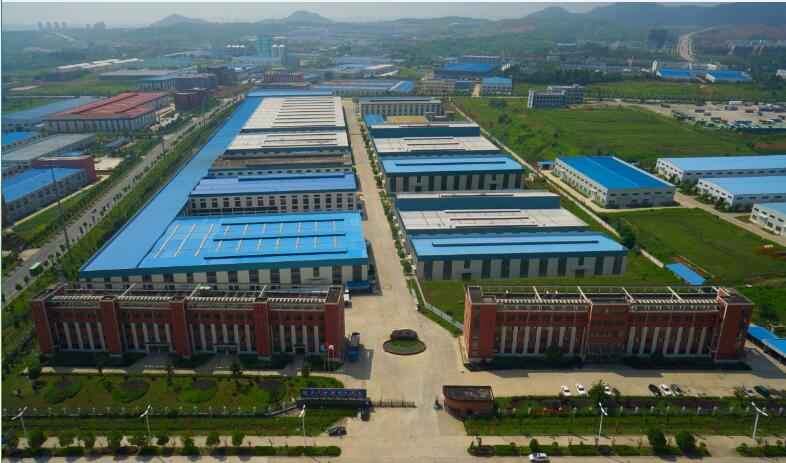
What are the materials of aluminum extrusion? To understand this problem, we need to understand what aluminum extrusion is. When it comes to aluminum extrusion, everyone "only hears the name, but does not see the person", but when it comes to industrial aluminum profiles, I believe many customers will be familiar with it. Industrial aluminum profiles are the products after aluminum extrusion. Let's take a look at what is aluminum extrusion and what are the materials of aluminum extrusion? Generally speaking, aluminum extrusion is to apply strong pressure to the aluminum billet placed in the extrusion cylinder to cause the aluminum billet to produce directional plastic deformation and extrude from the die hole of the extrusion die to obtain the cross-sectional shape required by the industry. That is to say, industrial aluminum profiles that are frequently used in industrial production are produced after aluminum blanks are extruded. Aluminum extrusion has the advantages of improved deformation ability of aluminum alloy, high comprehensive quality, and wide product range. At the same time, according to the different extrusion directions, the extrusion process can be divided into forwarding extrusion, reverse extrusion, and lateral extrusion. Generally, the aluminum grades that can be extruded are 6000 series aluminum alloy 6063 and 6061.
Read More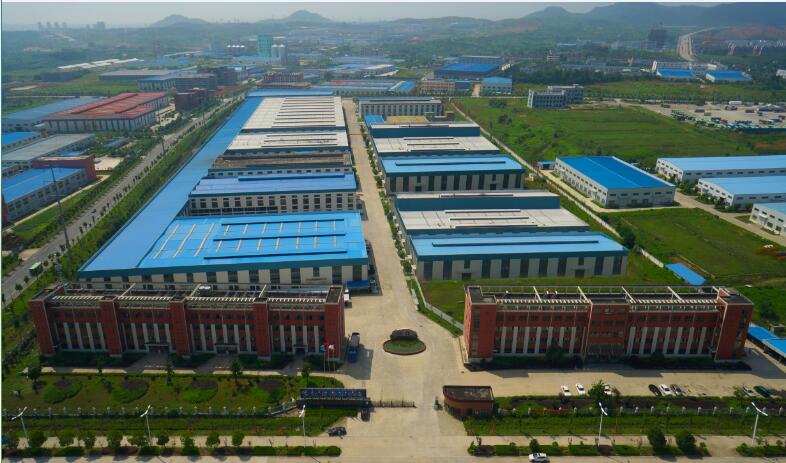
The aluminum frame has many characteristics and advantages, so it is widely used in many industries. The frame is generally used in the industrial field. There are many aluminum frames on the market. What methods can we use when purchasing an aluminum frame? To distinguish the quality of the framework? 1. Whether there is an oxide film on the surface The selection of good aluminum profiles is very important. The brand processing plant not only selects good raw materials in the production and processing but also performs the anodizing treatment on the surface of the aluminum profiles. Therefore, the surface of the aluminum profiles of good quality will have a thick layer oxide film. 2. Is the surface smooth? The high-quality aluminum frame is not only exquisite on the surface, but the material is not skewed. Also, the frame aluminum frame must have a high degree of flatness, which can ensure that it can bear different weights during use and will not be easily deformed. 3. Is the surface color consistent? If the aluminum material used for aluminum is recycled aluminum and waste aluminum is added, the aluminum frame produced will appear dark black. The high-quality aluminum frame generally uses high-quality aluminum ingot raw materials, so the aluminum produced is not only The color of the surface is uniform, and the surface will appear beautiful silvery white.
Read More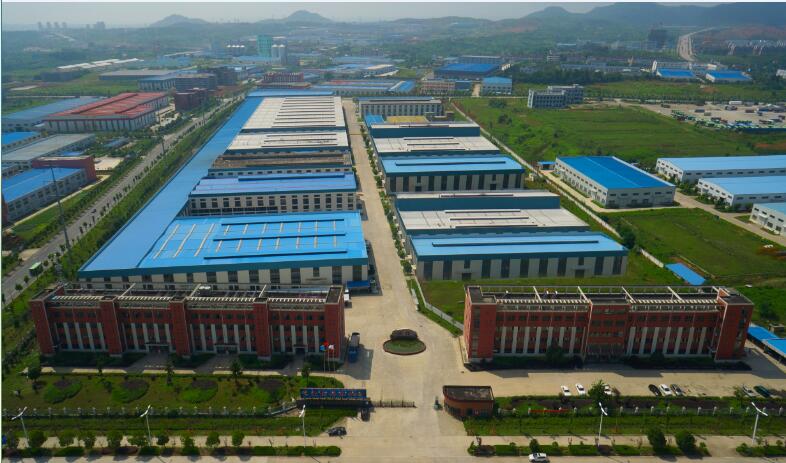
Now aluminum profiles have been widely used in our lives. There are many types of aluminum profiles on the market. General industrial aluminum profiles can meet the needs of consumers. When companies develop new products, general aluminum profiles It is not enough. At this time, we need to find some processing factories to customize the mold. What is the process of customizing an aluminum profile? 1. To design product samples, we can send our requirements or sample drawings to the aluminum processing factory. The processing factory will quote according to the sample drawings and cross-sectional size. The quotation is generally divided into mold opening fee and material fee if further processing is required. There are processing fees. If you feel that the quotation is within your acceptable range, you can open the mold. 2. A sample will be processed according to the drawings for trial mold and processing. After the mold is opened, we'd better see if the quality, size, thickness, etc. of the trial mold sample meet our needs, and how the sample meets our requirements, we will proceed with the order Mass production. 3. A deposit is required for mass production: a certain deposit must be paid to the processing plant before mass production. If the aluminum products produced do not require further processing, the aluminum products can be packaged and sent to the logistics, and the rest will be paid after the arrival of the goods. The money is fine. 4. Deep processing: If the aluminum material to be produced needs to be processed in-depth, first determine the deep processing drawing, and after confirming the drawing, the aluminum profile can be processed in batches, such as drilling, cutting, tapping, etc.
Read More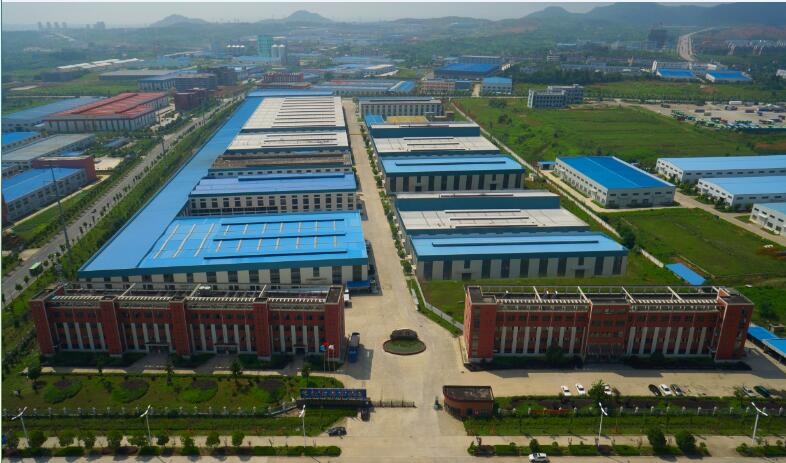
Industrial aluminum profiles are widely used in various industries, and aluminum profiles are processed into a variety of products. Do you know the processing flow of aluminum profiles? The following editor will lead you to understand the processing flow of aluminum profiles. 1. Casting process The specifications of aluminum materials are different, and the amount of alloy added is also different. The factory calculates the amount of alloy added to aluminum materials according to customer needs, deploys different production raw materials, melts the prepared raw materials in the melting furnace, and then passes through the deep well casting system to cool down. Into various specifications of products. 2. Kneading process Kneading is a necessary process for aluminum profile forming. According to the customer's product use and cross-section requirements, the product mold is reasonably designed, and the product is better formed through the mold. The kneading process requires the air-cooling quenching process and the artificial aging process. Way to complete heat treatment enhancement. 3, the coloring process Aluminum profiles need to be anodized before coloring. The anodized aluminum profiles not only have high wear resistance, but the surface of the aluminum profiles is also beautiful.
Read More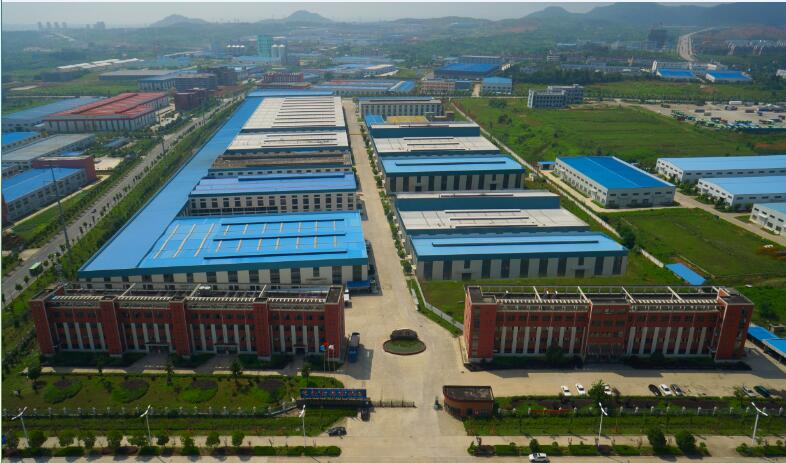
Industrial aluminum profiles are often used for a long time, and the surface of aluminum materials will turn yellow, which affects the appearance of aluminum materials to a large extent. Why do industrial aluminum profiles turn yellow? There may be several reasons. Industrial aluminum profiles are not in full contact with the conductive rods during processing, which increases the resistance, reduces the time for oxide film formation, and causes powdering of the oxide film, which causes the surface of industrial aluminum to turn yellow. Industrial aluminum materials are not cleaned before electrophoresis. Incomplete cleaning will cause the acid radicals in the oxide film holes to react with the electrophoretic paint to cause yellowing of the electrophoretic paint film, resulting in yellowing of the aluminum surface. To remove ash during aluminum processing, nitric acid is added. After the aluminum is cleaned, some of the nitric acids may be brought into the oxidation tank, affecting the oxidation of the surface of the aluminum, causing the surface of the aluminum to become black. We can add a neutralizer and adjust the PH value.
Read More online service
online service 0086 136 3563 2360
0086 136 3563 2360 sales@sxalu.com
sales@sxalu.com +86 136 3563 2360
+86 136 3563 2360